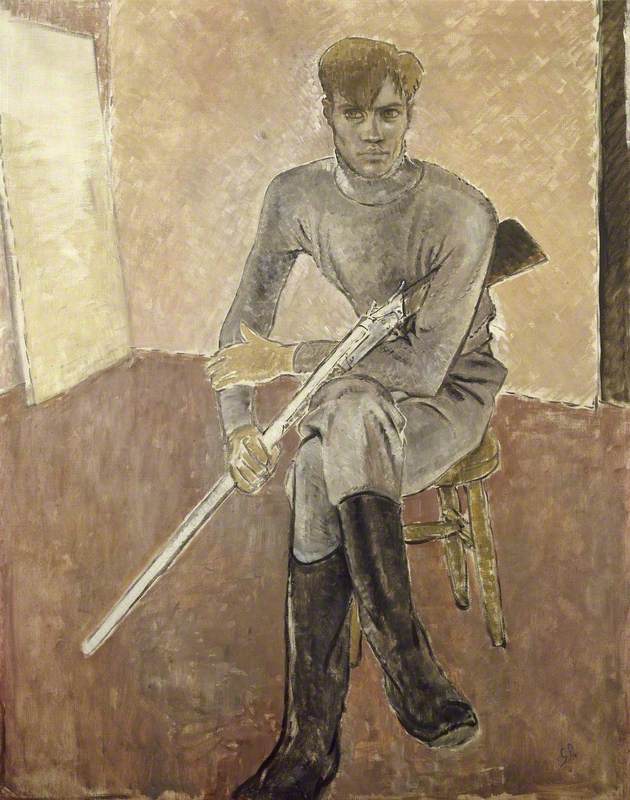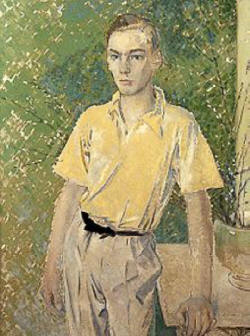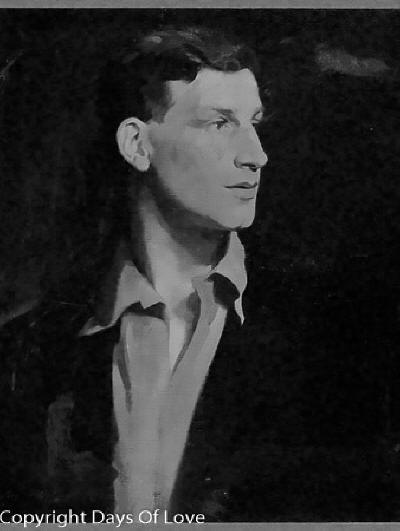BURIED TOGETHER
Partner
Robert Allerton,
Karl Heinz Müller,
Vivian Forbes
Queer Places:
City and Guilds of London Art School, 124 Kennington Park Rd, London SE11 4DJ,
UK
Académie Julian, Passage des Panoramas, Paris, Francia
Este Rd, Falcon Rd, Battersea, London SW11 2PF, UK
14a Cheyne Row, Chelsea, London SW3 5HL, UK
52 Glebe Pl, Chelsea, London SW3 5LD, UK
Tower House, 46 Tite St, Chelsea, London SW3, UK
33 Tite St, Chelsea, London SW3 4JP, UK
Bowater House, 68 Knightsbridge, London SW1X 7LJ, UK
Lansdowne House, 80 Lansdowne Rd, London W11 2LS, UK
1 Marlborough Gate House, Elms Mews & Bayswater Road, Bayswater, London W2 3PN, UK
Baynards Manor, Cranleigh GU6 8EE, UK
St Peter, Church Lane, off Petersham Road, Richmond TW10 7AA, UK
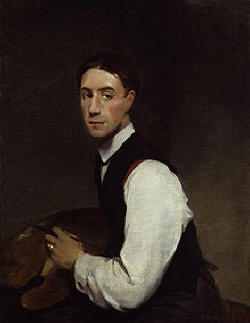 Glyn
Warren Philpot
RA (5 October 1884 – 16 December 1937) was an English painter and
sculptor, best known for his portraits of contemporary figures such as
Siegfried Sassoon and Vladimir Rosing. Glyn
Philpot’s Portrait of a Man in Black (1913) depicts
Robert Allerton, his then lover, as does
Duncan Grant’s painting of
John Maynard Keynes (1908). These
works show remarkable intimacy, and informed interpretations of the works are
not possible if a viewer is ignorant of the sexual relations between the men.
This is not a concession to prurient interests, but important art historical
data similar to that commonly provided when the artist is known to have been
heterosexual.
Glyn
Warren Philpot
RA (5 October 1884 – 16 December 1937) was an English painter and
sculptor, best known for his portraits of contemporary figures such as
Siegfried Sassoon and Vladimir Rosing. Glyn
Philpot’s Portrait of a Man in Black (1913) depicts
Robert Allerton, his then lover, as does
Duncan Grant’s painting of
John Maynard Keynes (1908). These
works show remarkable intimacy, and informed interpretations of the works are
not possible if a viewer is ignorant of the sexual relations between the men.
This is not a concession to prurient interests, but important art historical
data similar to that commonly provided when the artist is known to have been
heterosexual.
Philpot was born in Clapham, London, but the family moved to Herne in Kent
shortly afterwards. Philpot grew up to be both a gay man,[1]
and a practising Christian who converted to Roman Catholicism.
Philpot studied at the Lambeth School of Art (now known as City and Guilds
of London Art School) in 1900 where he was taught by Philip Connard, and at
the Académie Julian in Paris.[2]
Philpot first exhibited at the Royal Academy in 1904 and was elected to
that establishment in 1923. He was a member of the International Society from
1913 and in that year he was awarded the gold medal at the Carnegie Institute,
Pittsburgh.
He enjoyed a "comfortable income" from portraiture. He was reported as
doing ten or twelve commissions a year, charging between £600 and £3,000 a
time.[3]
This enabled him to afford to travel to France, Italy, America and North
Africa and continue to paint less commercially successful subject pictures.
Following the Symbolist tradition his subject pictures reflected more personal
concerns and contradictions: Philpot converted to Catholicism, yet his
interest in the male nude and portraits of young men - thought to be friends,
models and lovers - show his gradual acceptance and expression of his own
homosexuality.[3]
Some of these later works were considered controversial because of their
homosexual imagery. Two pieces in particular - Guardian of the Flame
and The Great Pan (1930) were withdrawn from the Royal Academy. This
led to a loss of popularity which caused him financial hardship.[3]

Glyn Philpot and his Jamaican Manservant, Henry Thomas, Courtauld Institute of Art, London
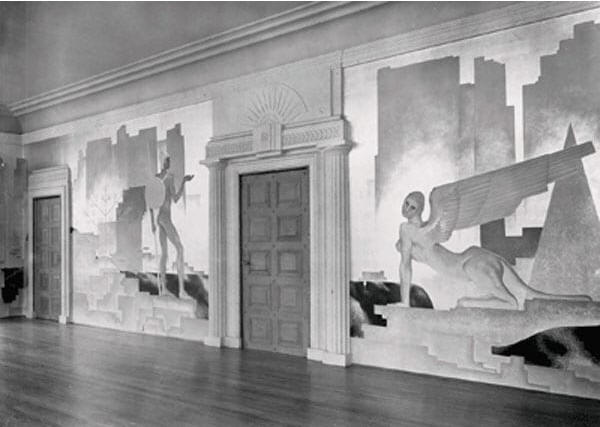
A photograph of the drawing room at Mulberry House in 1931 (Country Life)
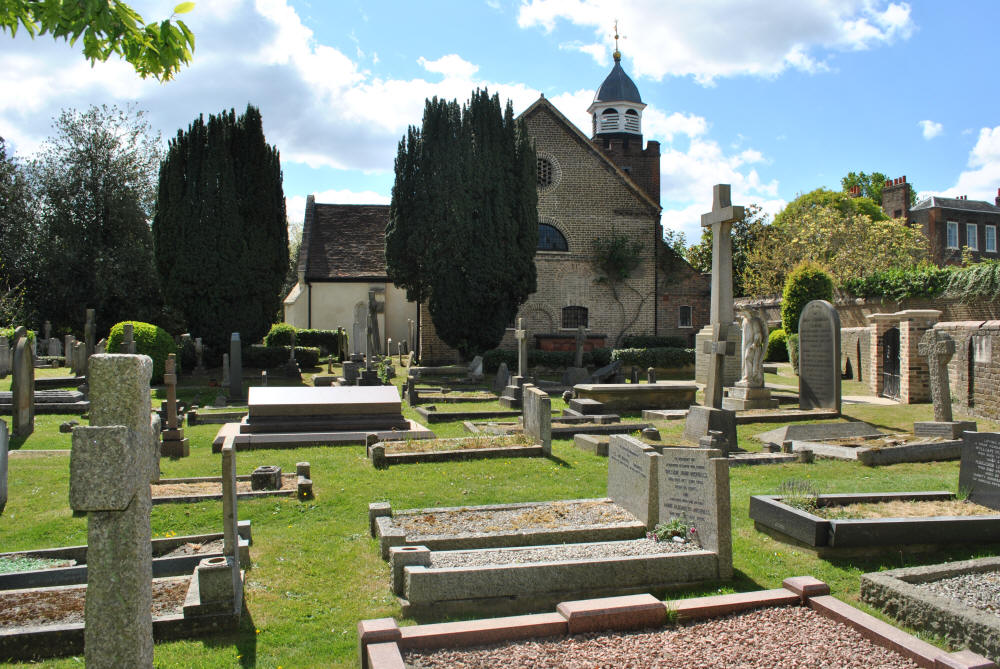
St. Peter's Churchyard, Petersham
After their completion Philpot moved to Paris for a year, undertaking experimental paintings and absorbing the progressive work of Picasso and other modernist artists. A trip to Berlin in the autumn of 1931, where Philpot confronted both the shocking rise of Nazism and a sexual profligacy that encouraged him to be less secretive about his own homosexuality, further contributed to his belief in the need for change and a new openness in his art. His 1932 exhibition contained transparently homoerotic portraits of
Karl Heinz Müller, a young German man who had been Philpot’s companion in Berlin, and Julien Zaïre, a Parisian cabaret artist. This mood is echoed in Oedipus, where Müller’s handsome features grace the face of the Greek hero.
Exhibitions have been held at The Tate Gallery (1938), The Ashmolean
Museum, The National Portrait Gallery, of which he was a founder member in
1911, and Pallant House Gallery. Philpot was a member of the International
Society of Sculptors, Painters and Gravers.[4]
Philpot was in a relationship with painter
Vivian Forbes
from 1923–1935.[5]
A loving cup held by Brighton Museum serves as a testament to their
relationship.[6]
Philpot had also a relationship with
Robert Allerton, known when he was hired to take his portraits.
After meeting Philpot at the Covent Garden opera house in the spring of
1913, Allerton invited him to stay with him later that summer. Philpot eagerly
accepted the invitation, but when he disembarked from his steamer in New York
that August, he was greeted not by his host but instead by some other mutual
friends who informed him that Allerton was then entertaining John Borie at The
Farms, as he had the previous summer. Miffed by this unexpected development,
Philpot crudely villified his rival, whom he seemed already to know. "Borie -
that beast," he ejaculated. But when Philpot finally made his way to Illinois,
the painter had access to a magnificent studio where he finished, among other
works, a striking canvas, The Man in Black - for which Robert Allerton seems
to have posed in one of his many exotich costumes. In the letters, he wrote
back to England (especially those addressed to his utterly devoted sister,
Daisy), Philpot announced that he was extending his stay at Monticello and
implicitly acknowledged his homosexual attraction to his generous host.
Philpot
died from a stroke in December 1937; his funeral took place on 22 December
1937. Forbes committed suicide the following day.[6]
He is buried in a pink granite tomb in St. Peter's Churchyard, Petersham.[7]
My published books:


BACK TO HOME PAGE

- https://en.wikipedia.org/wiki/Glyn_Philpot
- Anesko, Michael. Henry James and Queer Filiation . Springer International
Publishing. Edizione del Kindle.
- Gender, Sexuality and Museums (p.154). Taylor and Francis. Edizione
del Kindle.
- Woods, Gregory. Homintern . Yale University Press. Edizione del
Kindle.
- Hidden Histories, 20th Century Male Same Sex Lovers in the Visual
Arts, by Michael Petry
 Glyn
Warren Philpot
RA (5 October 1884 – 16 December 1937) was an English painter and
sculptor, best known for his portraits of contemporary figures such as
Siegfried Sassoon and Vladimir Rosing. Glyn
Philpot’s Portrait of a Man in Black (1913) depicts
Robert Allerton, his then lover, as does
Duncan Grant’s painting of
John Maynard Keynes (1908). These
works show remarkable intimacy, and informed interpretations of the works are
not possible if a viewer is ignorant of the sexual relations between the men.
This is not a concession to prurient interests, but important art historical
data similar to that commonly provided when the artist is known to have been
heterosexual.
Glyn
Warren Philpot
RA (5 October 1884 – 16 December 1937) was an English painter and
sculptor, best known for his portraits of contemporary figures such as
Siegfried Sassoon and Vladimir Rosing. Glyn
Philpot’s Portrait of a Man in Black (1913) depicts
Robert Allerton, his then lover, as does
Duncan Grant’s painting of
John Maynard Keynes (1908). These
works show remarkable intimacy, and informed interpretations of the works are
not possible if a viewer is ignorant of the sexual relations between the men.
This is not a concession to prurient interests, but important art historical
data similar to that commonly provided when the artist is known to have been
heterosexual.



;_Victoria_Art_Gallery.jpg)
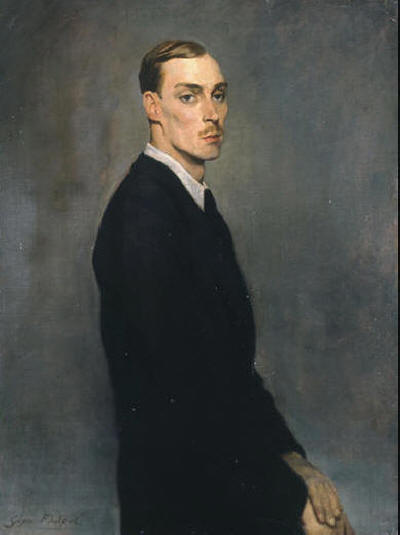



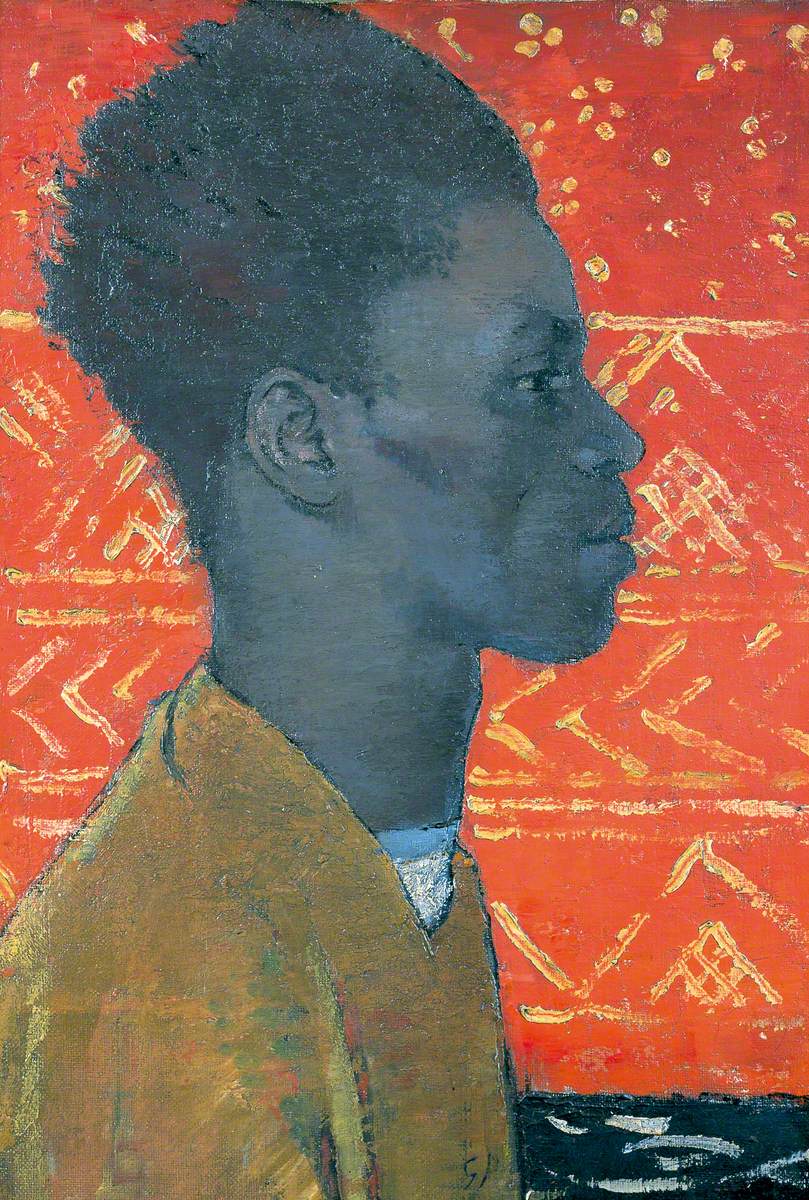
;_Lady_Lever_Art_Gallery.jpg)
